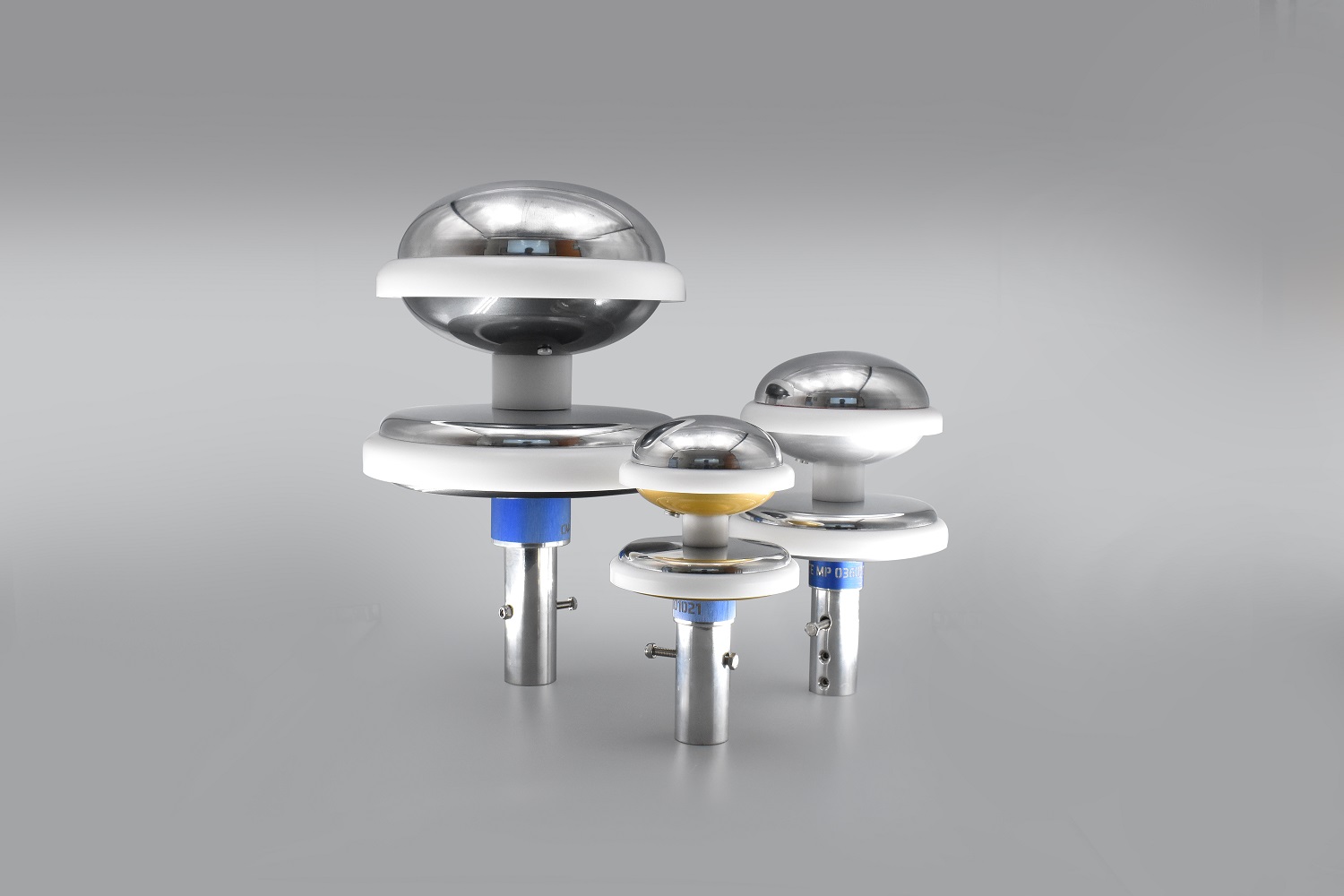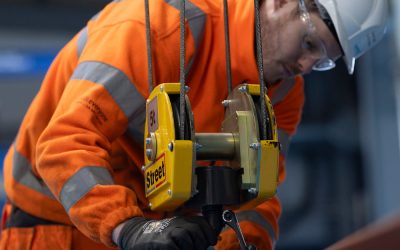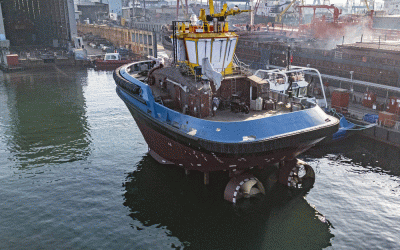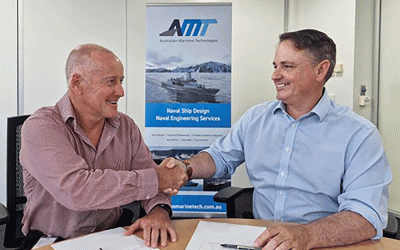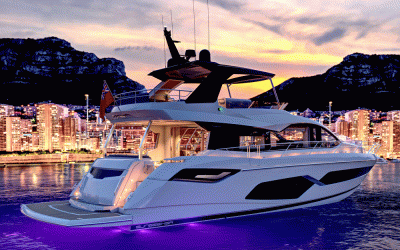Lightning strikes may not get the attention bestowed on fire safety at sea, but they can inflict equally devastating damage upon vessels, personnel and offshore structures. An estimated 3-8 million+ lightning strikes occur globally each day, equating to a frequency of 44-100 strikes per second (these can be viewed in real time at the site www.blitzortung.org – the visual display resembles an unceasing aerial bombardment). Recent studies also indicate that lightning strikes are responsible for 80% of all wind turbine insurance claims, which obviously covers a significant portion of those installed offshore.
The effects of these strikes include: structural damage (including the melting of steel and vaporisation of metal components); ignition of onboard flammable materials; disruption (and, sometimes, destruction) of sensitive electronic equipment and navcom systems; and injury or death for any personnel unfortunate enough to take a direct hit. Even indirect strikes can induce electrical surges that knock vessels’ vital equipment and systems offline.
The risks aren’t confined to the moment: lightning strikes can also accelerate corrosion and weaken ship and platform components, leading to unexpected failures, unplanned downtime and hefty repair costs further down the line.
Stephen Horsley, sales director for EMEA-Asia at engineering firm Sertec, and a member of the Institute of Engineering and Technology (IET), tells Ship & Boat International: “Typically, cloud-to-ground lightning bolts can reach several hundred million volts (MV), with some exceptional strikes exceeding one billion volts.” Sertec’s solution has been the development of CMCE lightning de-ionising technology, designed to protect potential seaborne lightning targets from sailboats to tankers.
Lightning strikes
Before examining this technology, it may be useful to consider what a thunderstorm entails. Each thunderstorm cloud contains water droplets, ice and other particles (including dirt and dust) which collide with each other, creating an electric charge. The lighter, positively charged particles, or ‘protons’, rise to the top of the cloud, while the heavier, negatively charged ‘electrons’ sink to the bottom. This charge separation creates an electrical potential difference between the two regions.
When the electrical potential difference becomes strong enough, it tries to create a path for the electricity to flow – usually between the negatively charged bottom of the cloud and a positively charged area on the land (or sea) below.
A stream of electrons (a ‘leader’) then moves down from the clouds toward the ground in a series of short, zigzag-patterned jumps – each jump being called a ‘step’. “As the leader approaches the ground, a positive charge rises from the ground,” Horsley continues. “When the upwardly rising positive charge and the downwardly moving negative charge meet, they form a channel of electric current, which becomes the primary path, and a massive discharge of energy called the ‘return stroke’ occurs from the ground to the cloud.”
Horsley adds that, while the stepped leader is responsible for creating the ionised path, “it is the subsequent return stroke that delivers the biggest amount of current, making it the most dangerous aspect of lightning on the ground or sea”. He continues: “The initial stage of a stepped leader can propagate at speeds of around 354,000km per hour, while the return stroke—the visible flash of lightning—travels at about one-third the speed of light and emits a wide range of radiation, including visible light, infrared radiation, UV radiation and radio waves.”
In the moments before the lightning strike connects with its endpoint, a sudden surge of current rushes through the leader channel. This intense electrical current rapidly heats the air surrounding the channel to an extremely high temperature, sometimes in excess of 30,000°C – hence the capability of a lightning strike to vaporise or melt conductive materials.
Passive sensor system
For centuries, the received wisdom with regards to protecting structures from damage was to install a ‘Franklin rod’, the old-school lightning conductor invented by Benjamin Franklin in 1752. “These ionised metal rods, typically affixed to the tops of structures, were designed to attract lightning strikes and conduct the resulting electrical energy safely to the ground through an earth cable,” says Horsley.
We now know – partly thanks to some early 20th century probing by Nikola Tesla – that the Franklin rods have a major flaw. “By enticing a lightning strike to a particular location, Franklin rods brought forth the full magnitude of a lightning strike, including: its colossal current, exceeding 30,000A; soaring voltages and scorching heat; harmful radiation; and lightning-fast speeds,” Horsley says. As such, installing a Franklin rod on, say, a jack-up rig or a trawler could amplify the risk to the vessel’s integrity and the crew’s safety.
Consequently, Sertec’s Tesla-inspired CMCE tech works by de-ionising the atmosphere, removing the potential for a build-up of opposite charges and creating a “protected area” around the vessel or platform. Horsley elaborates: “The Sertec CMCE operates as a passive sensor system that provides permanent protection by balancing and deionising the effects of atmospheric phenomena using one or more compensators. By stabilising the existing electric field in its environment, it creates a ‘shield’ that cancels the formation of the ascending tracer by draining the electric charges to the earth or surrounding water in harmless milliamperes. This eliminates the formation of lightning within the protected area.”
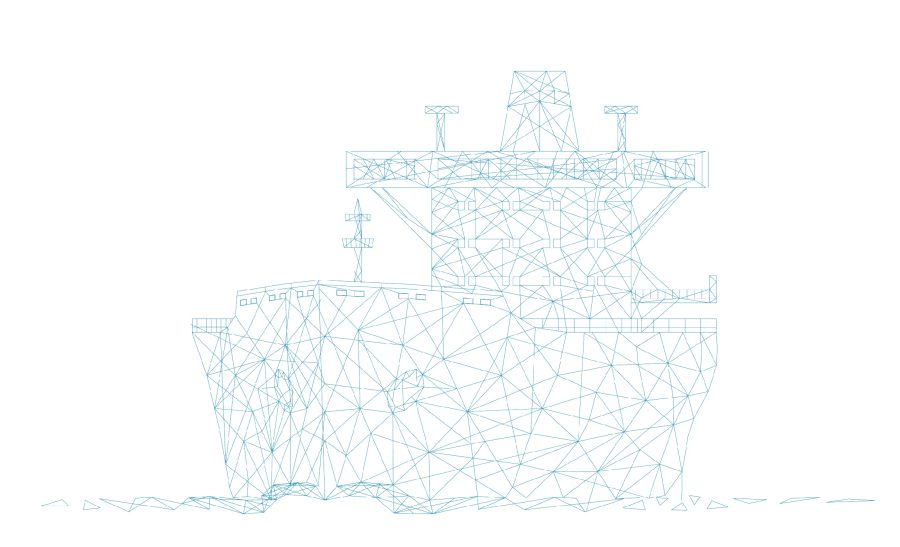
Sertec’s CMCE technology works by de-ionising the atmosphere, creating a ‘protected area’ around the vessel
Sertec has produced three CMCE models for maritime/offshore installation. The first, the CMCE Gold, measures 124mm x 125.9mm, weighs just 2.3lb and is best suited to smaller boats, sailboats and marine buoys, shielding them within a 25m radius.
Next up, the CMCE Platinum is intended for use by medium-sized fishing boats and small yachts. This model weighs 6lb, measures 162.6mm x 254mm and provides a protective radius of 55m. Finally, for cruise ships, megayachts, cargo vessels, warships and larger OSVs/SOVs, the CMCE Diamond measures 248.9mm x 378.5mm, weighs 13.6lb and offers lightning strike protection within a 120m radius.
It’s possible to mix and match the CMCE models, depending on the vessel size and the customer’s requirements. Once installed, the CMCE Sertec can also ‘earn its keep’ by supplying users with atmospheric data. Sertec’s Storm 7 condition monitoring tool can analyse electrical current drainage in milliAmps (mA), as well as local humidity, atmospheric pressure and temperature, and relay this info to shore for further analysis and report generation. Alternatively, it can be used to alert the crew in real time should a problem or fault be detected during the voyage.
